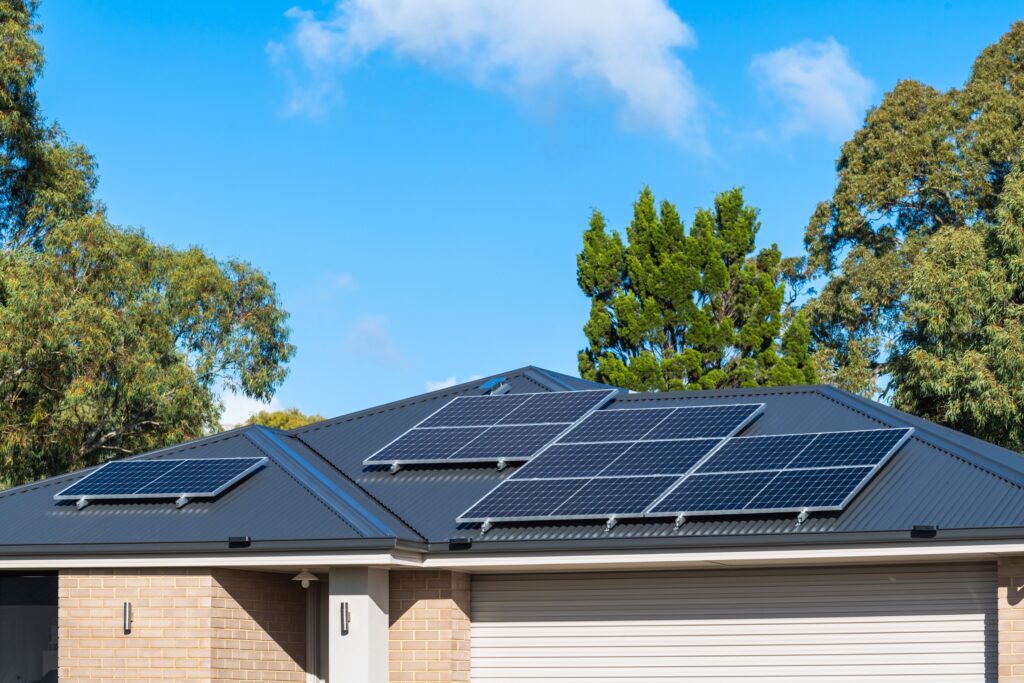Is there an unexpected connection between your monthly electric bill and a solar loan payment? This intriguing question arose during a doorstep conversation with a homeowner in Houston, leading to a revelation that challenged conventional beliefs. The initial shock and disbelief highlight the prevailing resistance to solar truths. How can a random contractor at your door unveil a connection that seems too good to be true? As we explore this question, the surprising reality behind the potential parody between conventional expenses and solar investments will come to light.
1. Skepticism in the Face of Solar Claims: The homeowner’s skepticism in Houston mirrored a widespread resistance to the promises of solar. Trust in the industry often falters, especially when confronted by claims that challenge the norm. The resistance is understandable—allowing a stranger to influence decisions about energy sources can be a daunting prospect. However, it’s precisely this skepticism that sometimes prevents the truth from reaching those who stand to benefit the most.
2. Overcoming Resistance to Solar Truths: Resistance to solar truths stems from various sources, including skepticism and the sheer complexity of transitioning to a new energy source. The challenge lies in breaking down these barriers and allowing homeowners to consider the potential benefits with an open mind. The conversation in Houston revealed that many individuals are unaware of a fundamental truth—the monthly payment for going solar can closely align with their average electric bill.
3. The Dynamics of Solar Quotes: When homeowners receive a solar quote, a revelation often awaits—an unexpected similarity between the monthly payment for solar and their average electric bill. To comprehend this dynamic, it’s crucial to recognize the transformative power of solar panels. If installed in sufficient numbers, these panels can eliminate or significantly reduce the conventional electric bill. This realization adds a new layer of understanding, creating a bridge between familiar monthly expenses and the potential benefits of solar investments.
Conclusion: The question that emerged at the doorstep—Is there parity between a homeowner’s electric bill and a monthly solar loan payment?—finds a surprising answer in the dynamics of solar quotes and panel installations. The initial shock and disbelief give way to a realization that, indeed, there is a tangible connection. The solar loan, with its fixed 25-year term, replaces the ever-increasing electric bill. The potential parity between bills and loans emerges as a key consideration for those contemplating a Photovoltaic energy investment.
Call to Action: To fully grasp the potential benefits of solar investments, it’s essential to embrace the connection between electric bills and solar loan payments. Seek information from reputable solar installers, obtain quotes, and explore the possibilities for your home. The era of solar reality awaits those who are willing to challenge preconceptions, understand the dynamics, and make informed decisions about their energy future.






